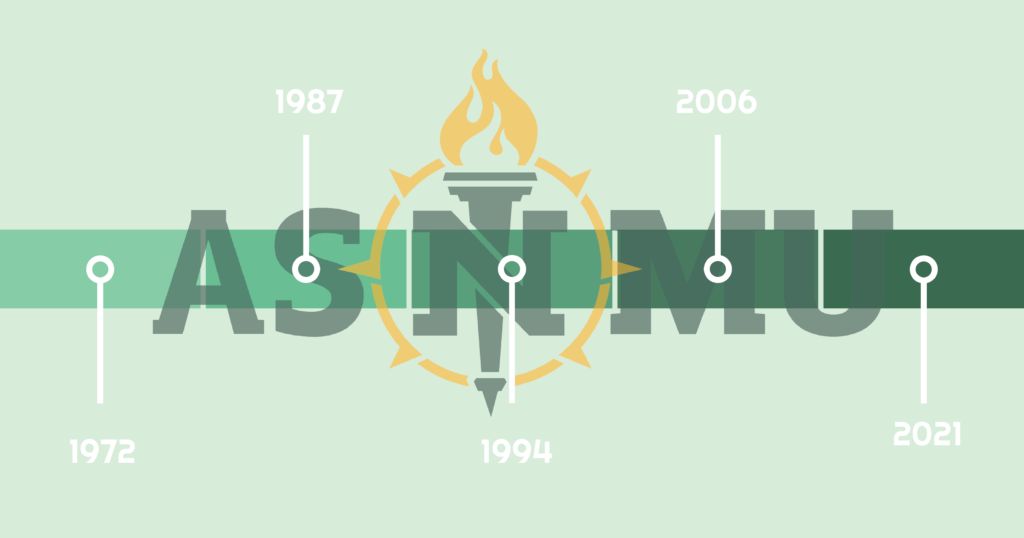The Native American Studies celebrates 15 years of being available to students as a NMU major on Dec. 13.
NAS is an interdisciplinary major that has classes from departments like Native American Studies, English department and art department. It was first approved by the Board of Control (known as the Board of Trustees today) on Dec. 13, 1996.
“Hands down, every student that wishes to better themselves and others around them should take NAS 101 before graduation, because it is unlike anything they could ever imagine,” said Levi Warnos, a junior English major. “A typical day spent in [class] varied but was always structured around a holistic approach to learning a language with the model idea of going back to your roots.
“Just as an infant would learn any language [students would learn] by hearing, touching, repeating and building your way from the bottom up.”
Melissa Hearn from the English department saw NMU as being in a unique area for students to learn about Native American culture, said April Lindala, director of Native American Studies.
There are five tribes that have been federally recognized within the area. Four of the tribes are Ojibwa: Behweting (Sault Ste Marie Tribe of Chippewa Indians), Ketegitigaaning (Lac Vieux Desert Band of Lake Superior Chippewa), Gnoozhekaaning (Bay Mills Indian Community) and Gichi-wiikwedong (Keweenaw Bay Community).
The fifth reservation community is home of the Potawatomi (Hannahville Indian Community), located just west of Escanaba.
Though no official event is being held in honor of NAS’s 15th anniversary, events throughout the semester have been sharing cultural heritage and the Anishinaabe language with NMU students and the Marquette community.
Some of these events included: First Nations Food Taster, a faculty and staff email with an Anishinaabe word of the month, giving the pronunciation and the meaning of the word.
Dec. 8 there will be a presentation on the Decolonizing Diet Project.
The Decolonizing Diet Project is an upcoming research study of the indigenous people’s relationship between humans and food of the Great Lakes region.
The 25 research candidates will eat indigenous food items at a 25 to 100 percent daily capacity.
The annual “Learning to Walk Together” Traditional PowWow will take place March 17-18, in the Vandament Arena.
The PowWow is a Native American cultural festival where purification, sweet grass and sage will be burnt, much like incense, to purify drums, clothes and participants.
Participants can expect traditional songs, dancing, smells of food, colors, crowds and a traditional fire.
“Hear it first, smell it second and see it last,” Lindala said.
All of these events celebrate the revitalization of language and a reconnection to their culture. Anishinaabe is a threatened language, lost through years of assimilation.
“In the five years I’ve been here, one of my students took the initiative to introduce Anishinaabe into the community,” said Kenn Pitawanakwat, Anishinaabemowin instructor. “Through the YMCA, the student got a hall to hold classes in. The students range from three to 60 years old. This was a great success.
“[It] reflects on the community and the work the individuals have done. [Anishinaabe] is taking place in the community centers, garages, wherever.”





























